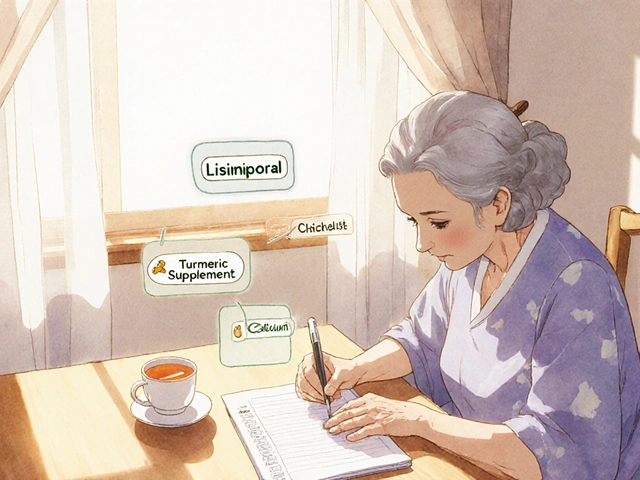Natural Sweetener Guide: What They Are and How to Use Them
If you’re trying to cut sugar but still want a sweet taste, natural sweeteners are a solid option. They come from plants, fruits, or even fermented grains, so they feel less processed than artificial syrups. Most of them have far fewer calories than table sugar and don’t spike blood sugar as hard, which makes them friendly for weight control and diabetes management.
Unlike artificial sweeteners that are made in a lab, natural sweeteners keep a connection to the source they’re derived from. That often means they bring extra nutrients or antioxidants along for the ride. For example, monk fruit contains compounds that may help protect cells from damage, while raw honey offers small amounts of vitamins and minerals.
Popular Natural Sweeteners
Stevia comes from the leaves of the Stevia rebaudiana plant. It’s 200‑300 times sweeter than sugar, so you only need a pinch. Stevia works well in drinks, baked goods, and sauces, but some people notice a slight after‑taste. Look for pure stevia extract or a blend that mixes it with a tiny bit of sugar to smooth out the flavor.
Monk fruit (also called luo han guo) is another high‑intensity sweetener. It contains mogrosides, which are sweet but don’t add calories. Monk fruit mixes easily into drinks and desserts, and most people find its taste cleaner than stevia. It’s also heat‑stable, so you can use it for cooking.
Raw honey is a classic natural sweetener. It’s sweeter than sugar, so you can use less, and it adds a floral note that many people love. Keep in mind honey still has calories and can affect blood sugar, so use it in moderation, especially if you have diabetes.
Maple syrup comes from the sap of maple trees. It’s not as sweet as sugar, so you might need a bit more, but it brings minerals like manganese and zinc. It works great on pancakes, oatmeal, and in marinades.
Date paste is made by blending soaked dates into a smooth spread. It’s perfect for adding sweetness and fiber to smoothies, energy balls, and baked treats. Because dates are high in natural sugars, they still provide calories, but the fiber helps slow down sugar absorption.
Tips for Using Natural Sweeteners
Start small. Since many natural sweeteners are much sweeter than sugar, a little goes a long way. Taste as you add, and you’ll avoid over‑sweetening your dish.
Check the heat stability. Some sweeteners, like stevia and monk fruit, stay sweet when heated, while others, like honey and maple syrup, can lose some flavor if you bake at very high temperatures.
Mix and match. Combining two sweeteners can balance flavor and reduce any after‑taste. For example, blend a touch of stevia with a drizzle of honey for coffee – you get sweetness with a richer mouthfeel.
Watch the texture. Liquid sweeteners add moisture, while powders may dry out a batter. Adjust other liquids in the recipe accordingly to keep the texture right.
Store properly. Keep powdered sweeteners in a cool, dry place, and liquid ones like honey or maple syrup in a sealed container. This prevents clumping and preserves flavor.
Finally, listen to your body. If a sweetener causes digestive upset, try a different one or lower the amount. Everyone’s tolerance is a bit different, so finding the right fit takes a few tries.
Natural sweeteners give you the freedom to cut down on refined sugar without sacrificing taste. Whether you’re stirring a spoonful into tea, baking a cake, or sweetening a smoothie, the right choice can make your meals healthier and still satisfying.

Honey Health Benefits: Boost Immunity and Improve Wellness Naturally
- By : Archer Hamilton
- Date : Sep 22 2025
Discover how honey can enhance your health and strengthen immunity. Learn its nutrients, anti‑inflammatory power, and smart ways to use it as a natural sweetener.





